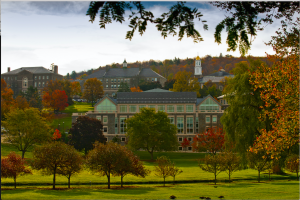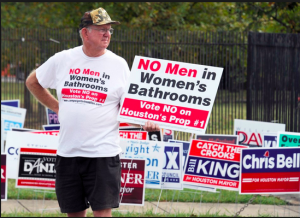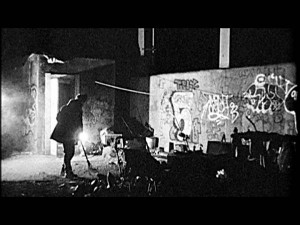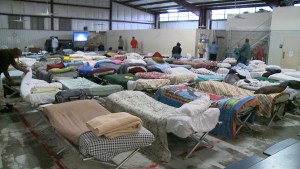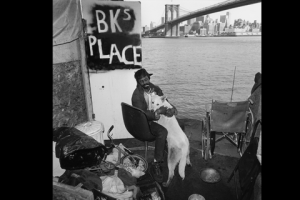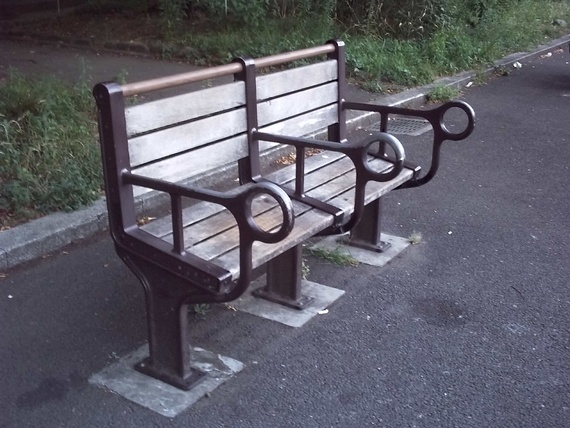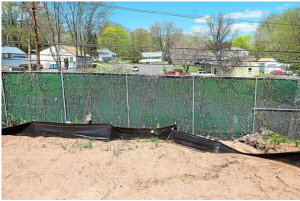The article that I chose to read and respond to was called Color Walking. This article was written by Phia Bennin and Brendan McMullan and published in 2012. The article starts off by explaining where the idea of color walking came from. A teacher by the name of William Burroughs came up with color walking to help inspire his students. Burroughs wanted his students to walk outside and pick any color that catches the eye and follow that color from object to object.
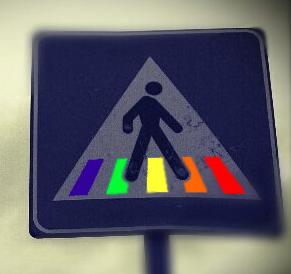
Phia Bennin and Brendan McMullan decided to try out Burroughs little experiment to see if it worked. They began their walk in lower Manhattan. They first followed the color blue, which lead to them following the color pink, which lead to them following the color violet. At the end of their walk both authors saw the world in a completely different way, a more colorful way. They want to encourage others to try this experiment as well. Both authors wrote up a set of guidelines to keep in mind as you try the experiment. First, they suggest that you free up your schedule and get rid of all distractions around you. Second, they suggest that you pick a color that is important to you and makes you feel good on the inside. Third, they suggest that if you get lost while doing this experiment to pick another color, but if you get really lost then you are doing the experiment successfully.

I decided to give color walking a try with a few of my classmates. We decided to walk around the Georgia State campus and follow a color. The color that we chose to follow was the color green. At first I was skeptical about doing this experiment as I did not see the benefits of following around a color. After completing the experiment I have to admit that I was wrong to think that way. My eyes felt like it was seeing a brand new world. While walking around the campus I noticed just how beautiful the color green was and it almost made its way to number one on my favorite colors list. Some of the things that saw included; soft green leaves, lush green grass, transparent green windows, bright green traffic light, weird green tattoo, beautiful green flowers, dark green uniforms, loud green shoes, lime green pants, dull green shirt, and a mint green smoothie shop. Whats strange about all of these items is that I come in contact with them every single day, but I never even take the time to notice them. This color walking experience made me appreciate the color green more. I would recommend that people of all ages give color walking a try. Sometimes our brains need a break from the busy lifestyle that a lot of people have. Color walking gave me that break that I needed and helped to relieve a lot of my stress. I am glad that I was able to read this article and experience the positive benefits of color walking.

